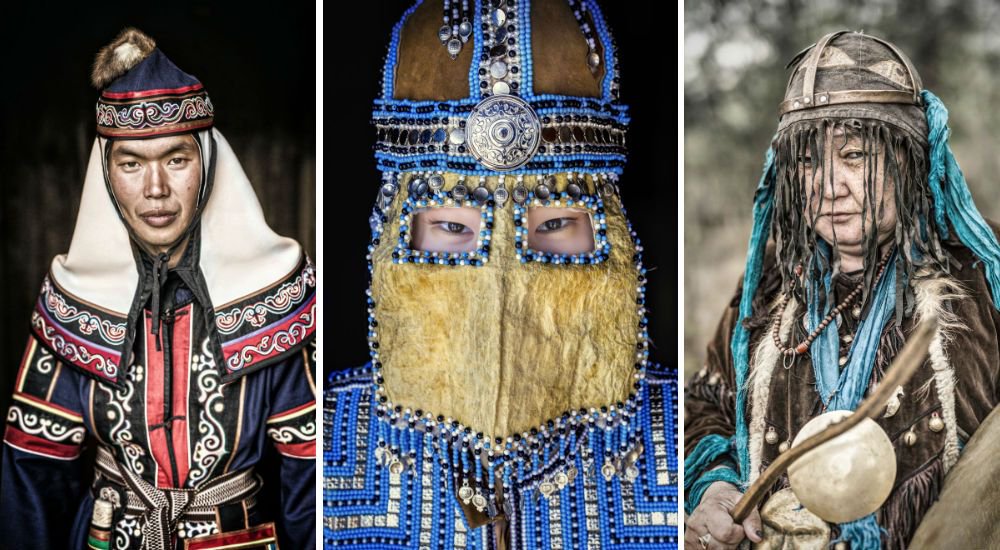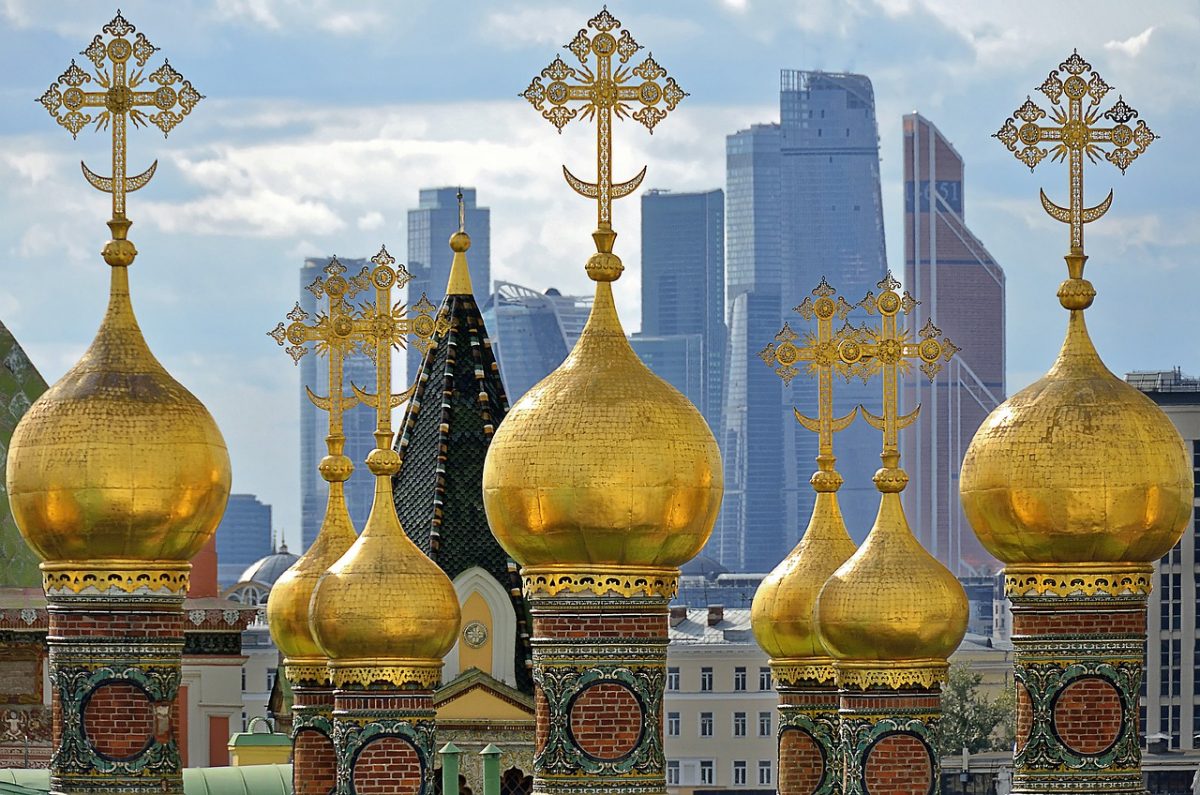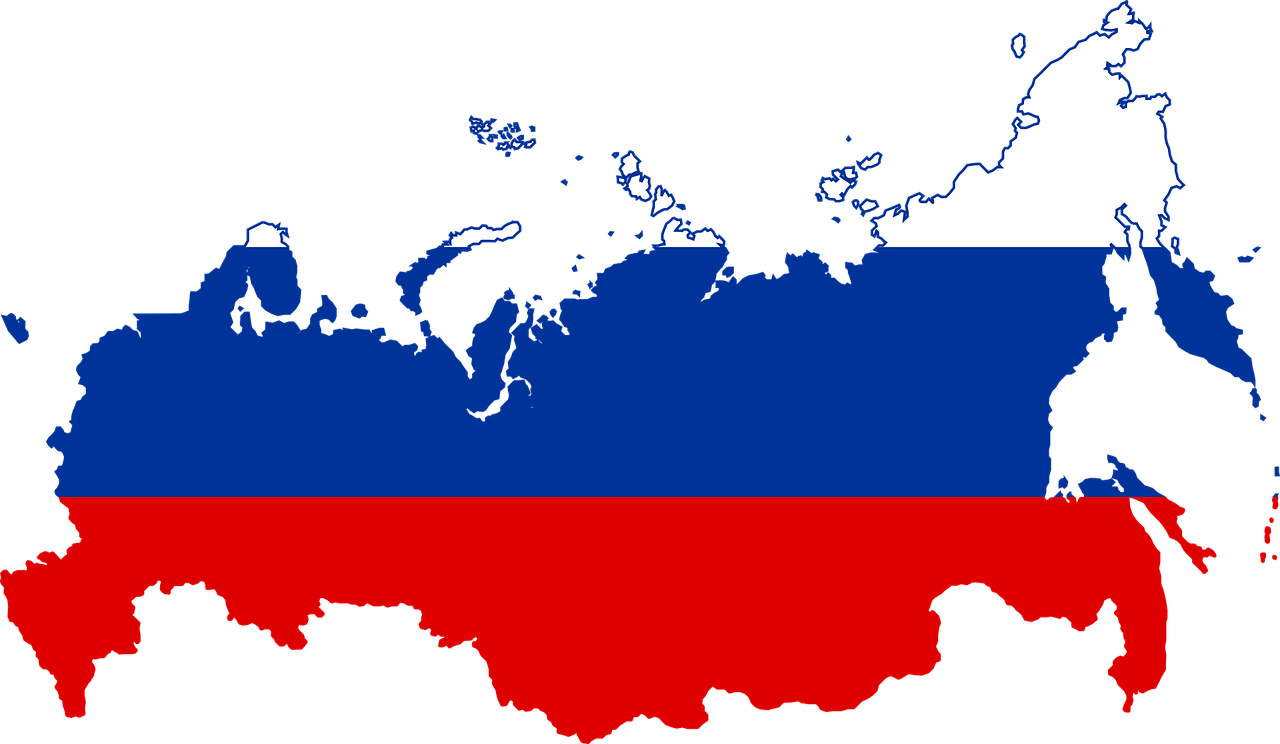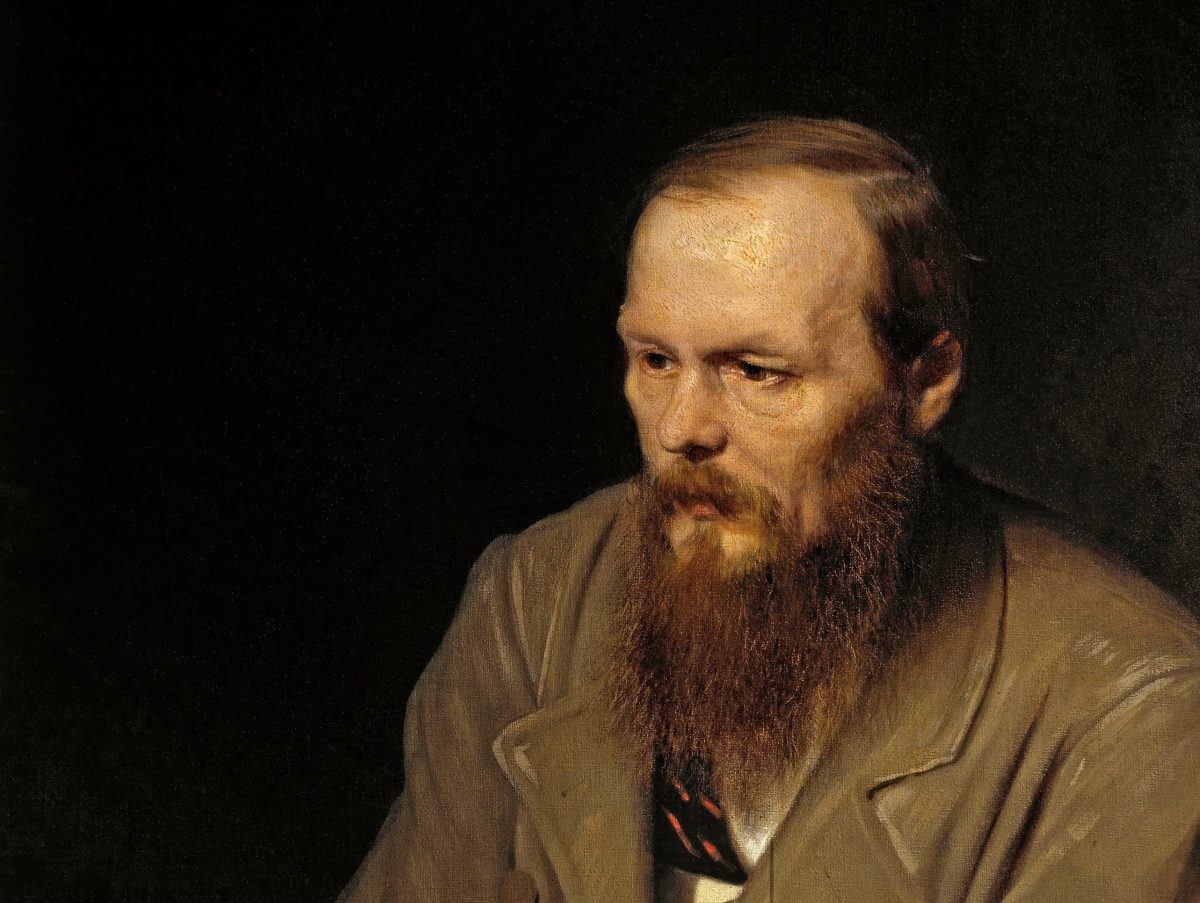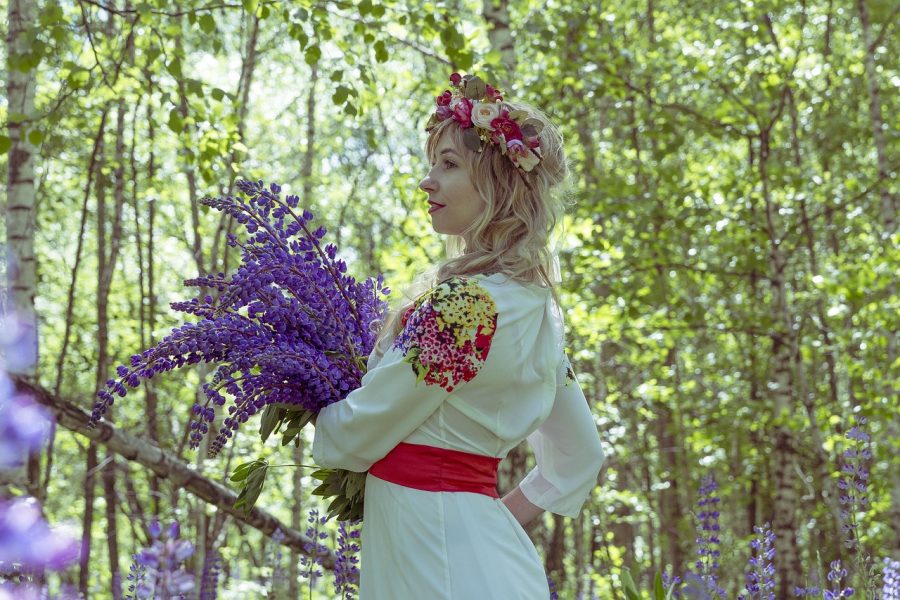Who are the Siberian people? With an area larger than Brazil, Siberia is considered one of Earth’s most inhospitable and extreme places. Not surprisingly, this region of Russia can, in the harshest of winters, record temperatures below -50 ° C.
Being sent there was considered the worst punishment in the 19th century, the time of the Russian tsars, and in the 20th century during the Soviet Union since its geographical isolation prevented any escape plan.
However, this region, known as the “prison without walls”, is not only about its penitentiary function: it also has human cultures that have been millenarian, who have adapted to the hostile climatic conditions and kept alive the traditions of their ancestors.
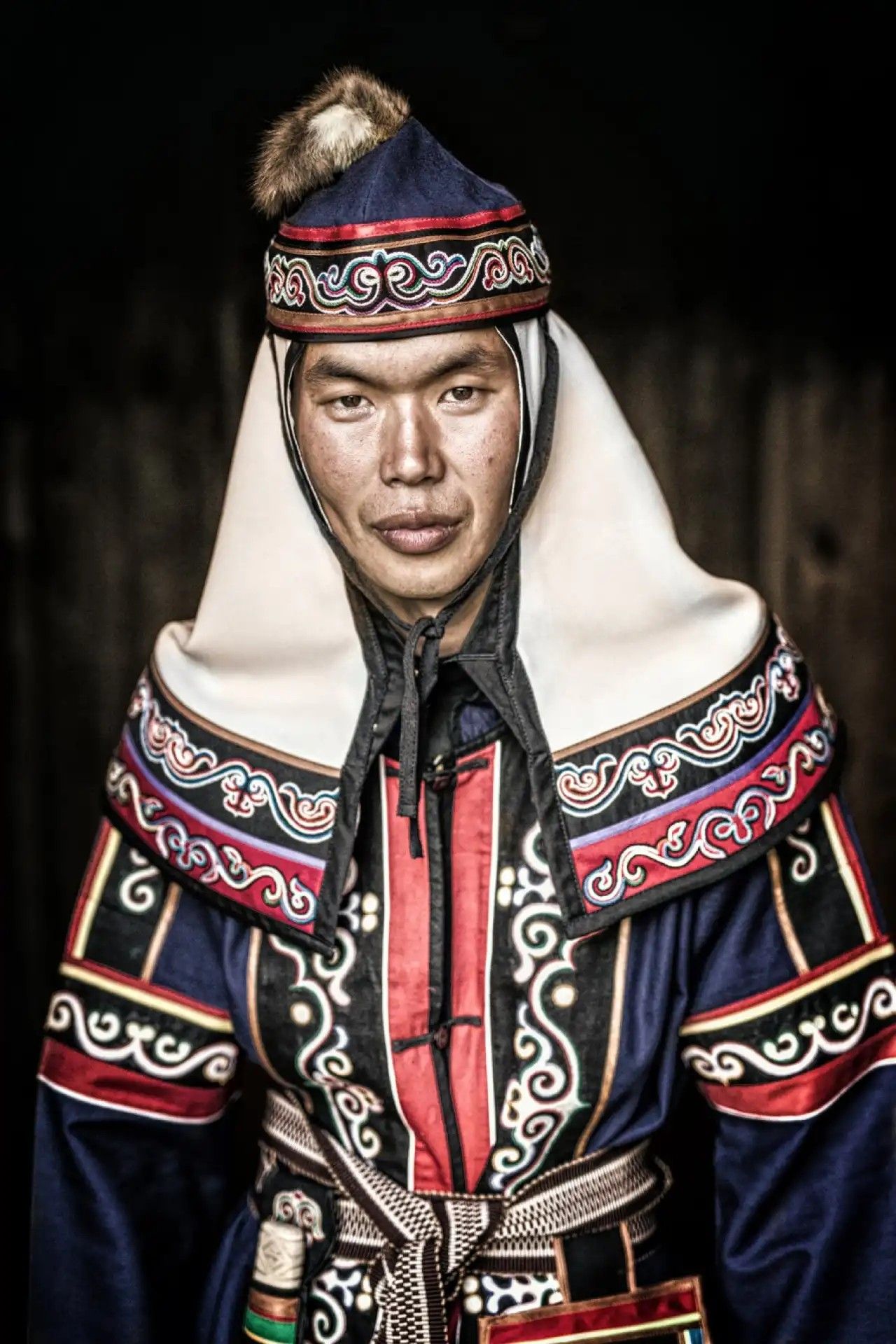
Some of these people are nomadic reindeer living in the Tundra (Arctic plain), others residing in Tundra or taiga (coniferous forest), rely on a mixture of reindeer breeding, hunting, and gathering, and often live in settlements. Today 10% of the indigenous peoples of Siberia live a nomadic or semi-nomadic life, compared to 70% only 30 years ago.
The languages spoken by the different tribes are from various linguistic families: some have no resemblance to any other language, and none have any relation to Russian. Numerous indigenous peoples, such as the Sakha (formerly called Yakuts) and Komi, have their republics within the Russian state.
What are the problems they face?
Under Soviet rule, indigenous peoples lost their land to state-owned industries. With industrialization, the region was taken over by outsiders, and the authorities made great efforts to suppress the indigenous languages, culture and ways of life. Today its biggest problems are the environmental degradation caused by the oil, gas and timber industry in the region, and the lack of clarity on land rights.
List of tribes of Siberian people
A) Uralic group
A1) Khanty and Mansi People
Khanty and Mansi, Khanty formerly called Ostyak, Mansi formerly called Vogul, western Siberian peoples live mainly in the Ob River basin of central Russia. They each speak an Ob-Ugric language of the Finno-Ugric branch of the Uralic languages. Together they numbered some 30,000 in the late 20th century. They are descended from people from the south Ural steppe who moved into this region about the middle of the 1st millennium AD.
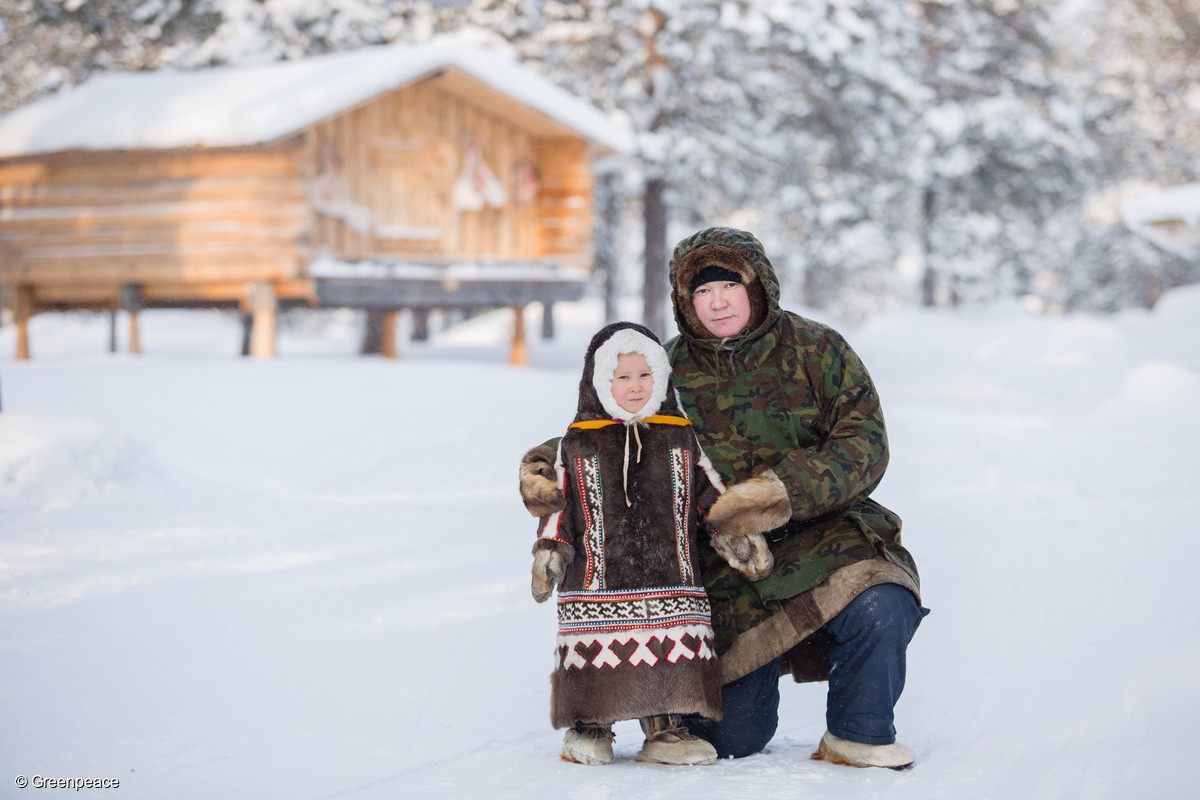
Their present-day territory lies to the east of the Urals along the Ob River and its tributaries, from the Urals and a narrow belt of foothills to a vast central lowland that slopes gently to the Gulf of Ob. Some territory, highlands, and lowlands are covered by enormous swamps grown with moss, peat, sedge, and small marsh pine.
The climate is severe: winter lasts for six months, producing snow accumulations of 6.5 feet (2 m); there is flooding in summer as the rivers—the Ob, the Irtysh, and their tributaries—form a vast expanse of water.
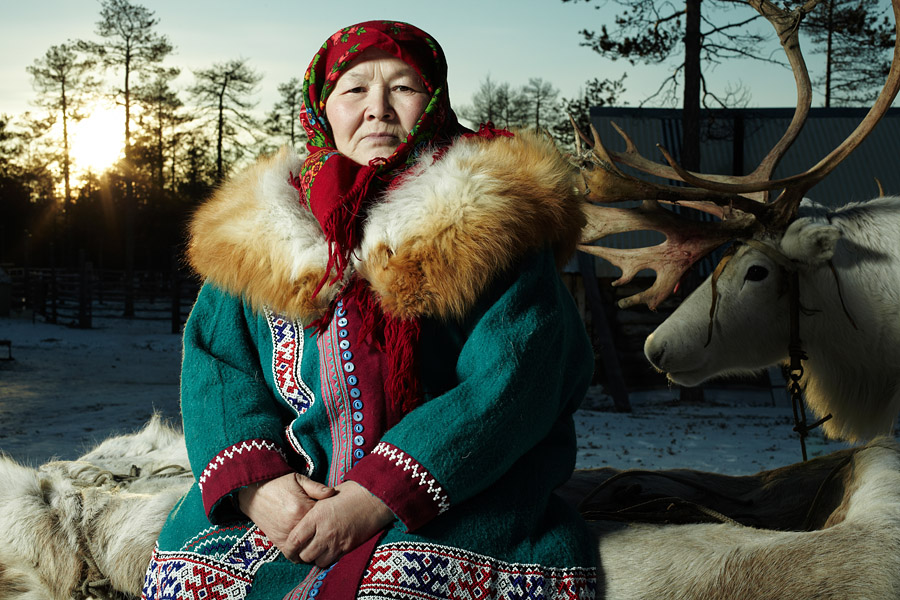
The Khanty and the Mansi have many similar features, including habitat, economy, organization, and several traditions. Their principal sources of subsistence are hunting (traditionally with bows and arrows and spears, later with guns), trapping, and fishing (with nets, weirs, seines, and traps); reindeer herding (mainly by the Khanty) was usually a subsidiary occupation and was probably a result of contact with the neighboring Nenets in the 15th century.
The Ob-Ugrians were traditionally nomadic or had settled dwellings according to their subsistence pattern. At summer hunting sites, they generally lived in tents; their permanent winter homes were wooden huts. Boats, skis, and some horse- or reindeer-drawn sleds provided transportation.
A2) Samoyedic peoples
The Samoyedic people (also Samodeic people) are the people that speak Samoyedic languages, which are part of the Uralic family. They are a linguistic, ethnic, and cultural grouping. The name derives from the obsolete term Samoyed used in Russia for some indigenous people of Siberia.
Samoyedic peoples include Northern Samoyedic peoples (Nenets, Enets, and Nganasan) and the Southern Samoyedic peoples (Selkup, Kamasins or Kamas, Mator or Motor, and Koibal). Extinct peoples: Yurats (Northern Samoyeds), Kamasins or Kamas (Southern or Sayan Mountains Samoyeds), and the Mators or Motors (Southern or Sayan Mountains Samoyeds).
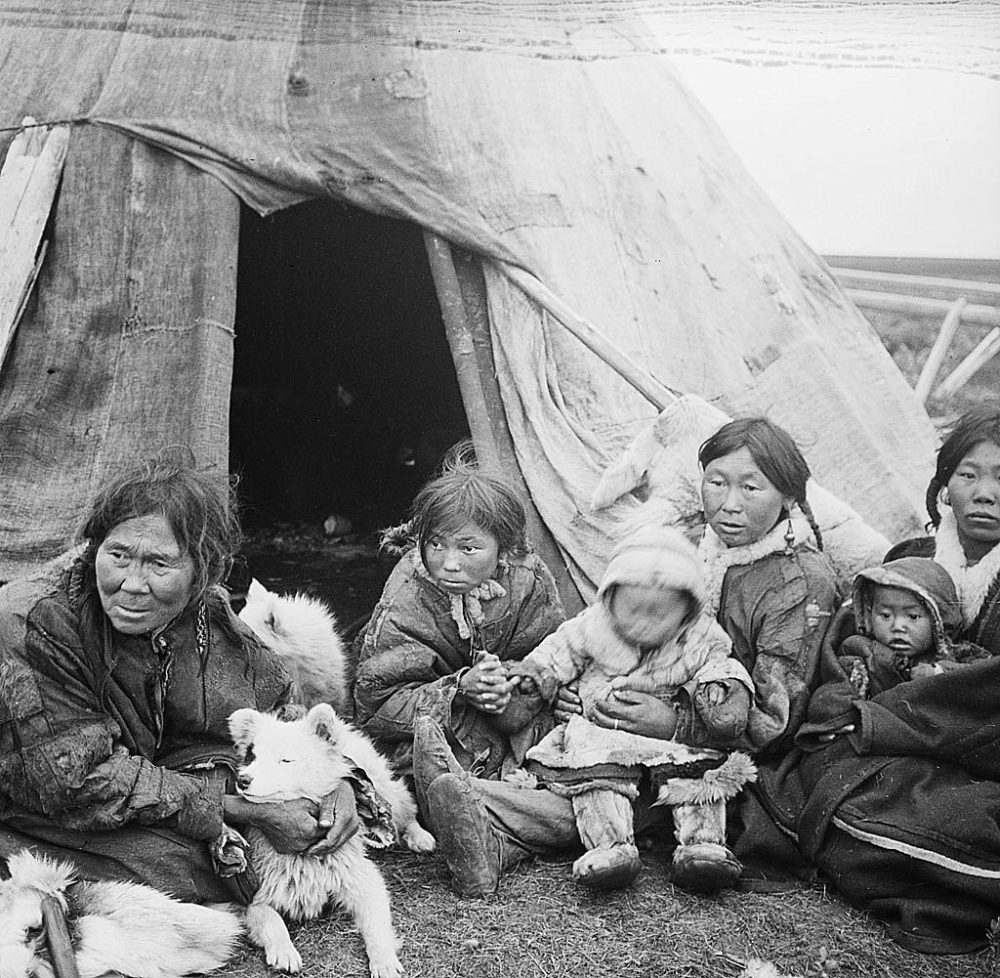
The most prominent Samoyedic people are the Nenets, who mainly live in two autonomous districts of Russia: Yamalo-Nenetsia and Nenetsia. Part of the Nenets and most of the Enets and Nganasans used to live in Taymyria autonomous district (formerly known as Dolgano-Nenetsia).
Still, today this area is a territory with special status within Krasnoyarsk Krai. Most of the Selkups live in Yamalo-Nenetsia, but there is also a significant population in Tomsk Oblast.
B) Yukaghir group
Yukaghir, also spelled Yukagir or Jukagir, self-name Odul, is a remnant of an ancient human population of the tundra and taiga zones of Arctic Siberia east of the Lena River in Russia, an area with one of the most severe climates in the inhabited world.
Brought close to extinction by privation, encroachment, and diseases introduced by other groups, they numbered some 1,100 in the late 20th century. Although they still generally inhabit the upper valley of the Kolyma River, the once-nomadic people are primarily engaged in hunting, fishing, and reindeer herding. The domestication of reindeer probably started in the mid-17th century, just before the Russian conquest.
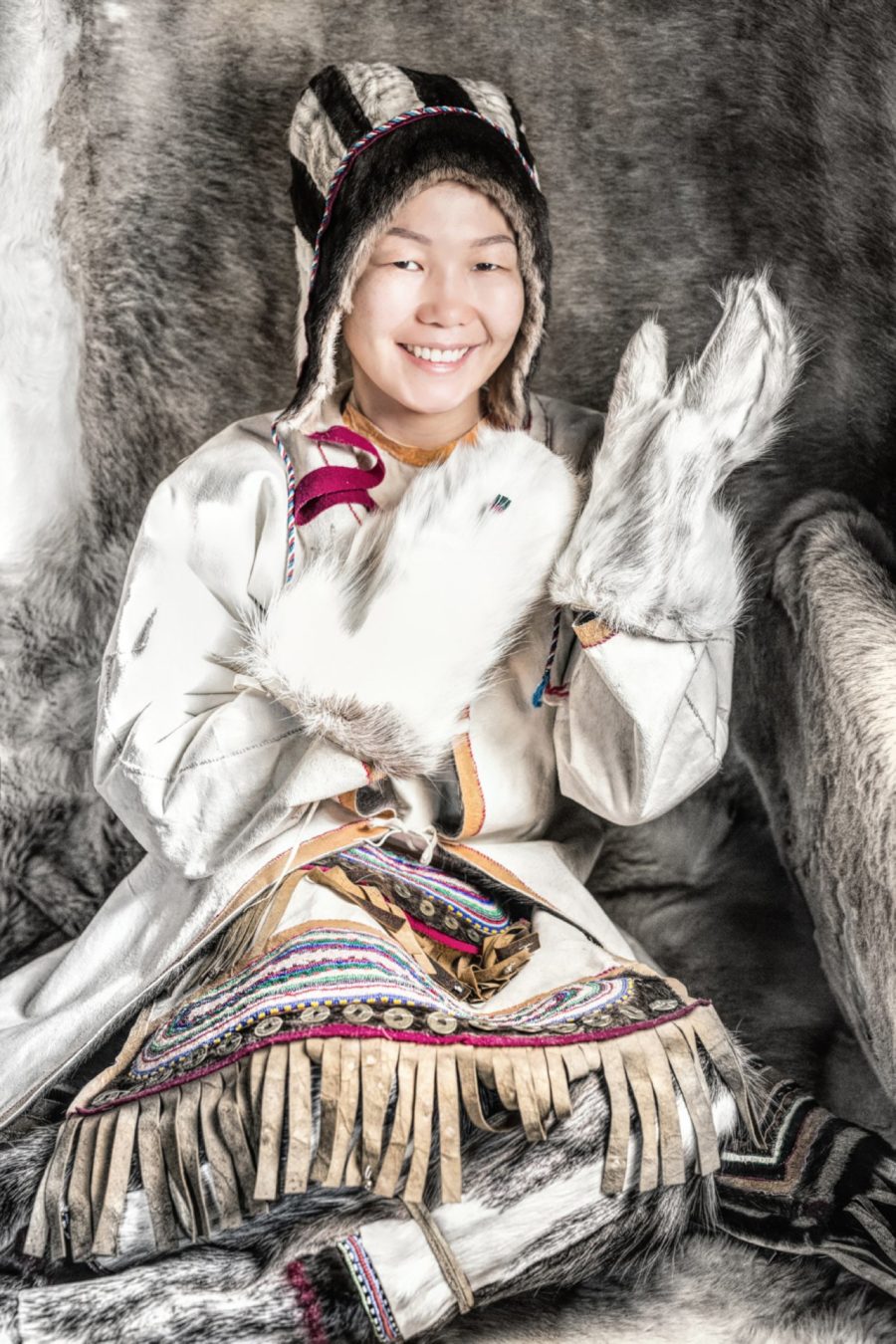
The Yukaghir can be classified into two divisions—the Northern, or Tundra, and the Southern, or Kolyma, Yukaghir. Their dialects are not mutually intelligible, and (until the late 20th century) multilingualism in several combinations of Russian, Chukchi, Even, and Sakha (Yakut) was expected. Few of the younger Yukaghir speak their mother tongue. Because of assimilation, they are generally monolingual or bilingual in Sakha or Russian.
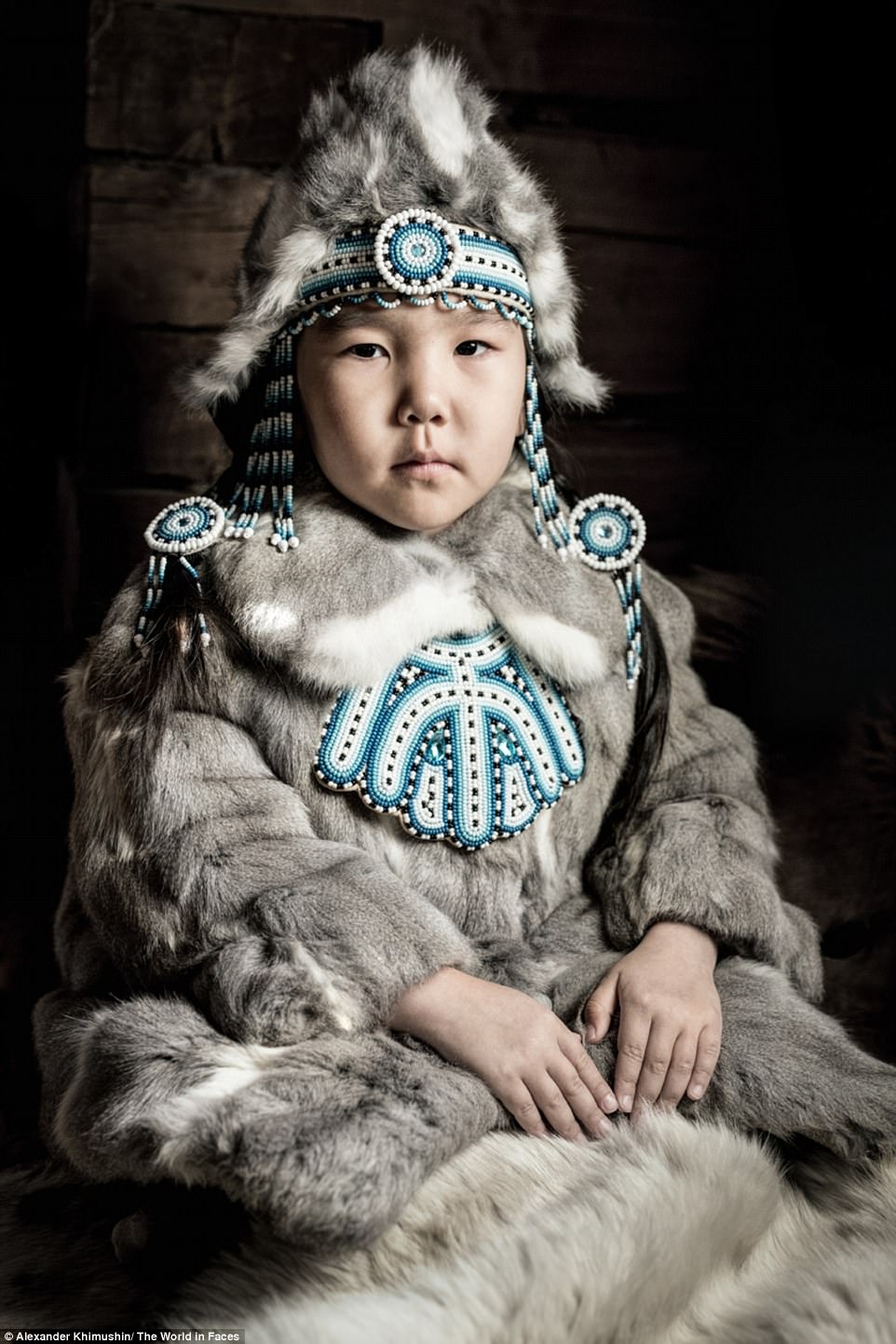
The Yukaghir economy once depended heavily on seasonal migrations of elk and wild reindeer; these were killed in large numbers from canoes at water crossings or tracked by ancient methods. Fishing, next in importance, was based on biannual runs in significant rivers. Molting waterfowl also were taken in quantity.
The meat supply was supplemented by the gathering of berries, nuts, and other products of trees and shrubs. The groups’ activities involved cooperative methods and seasonal movements. Permanent homes were occupied only in winter; skin or bark shelters were used in warmer weather. Metal was rare, and most implements were of bone or antler.
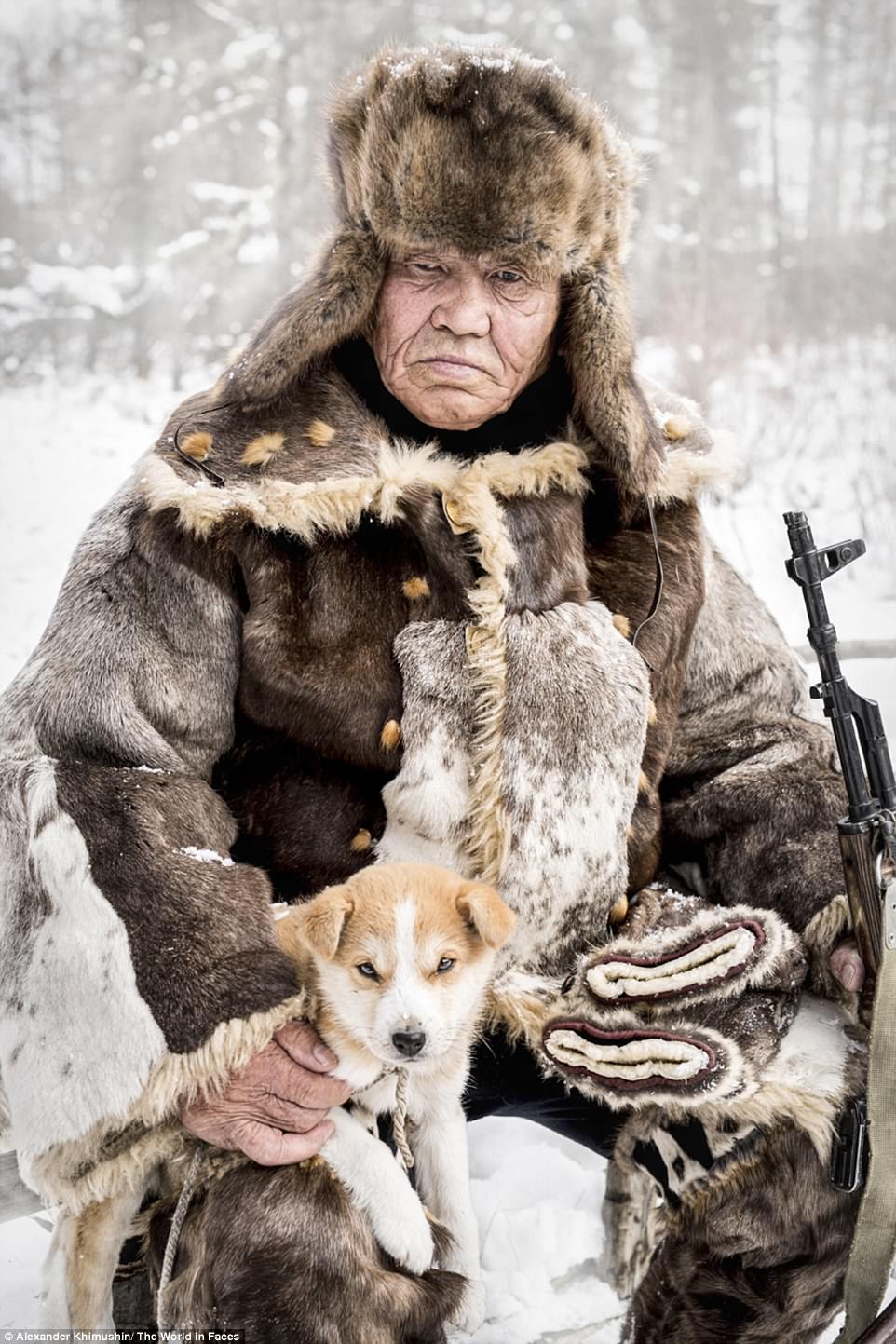
The Northern Yukaghir were patrilocal (centered on the male’s family), while the Southern Yukaghir were matrilocal. Inheritance in both groups was patrilineal. Small family groups were generally organized into clans. Each clan was guided in food provision and clan defense by an able adult male. Although the Yukaghir were Christianized in the 18th century, they retained many traditional beliefs, including the practice of shamanism.
C) Mongolic group
The Buryats number approximately 436,000, which makes them the largest ethnic minority group in Siberia. They are mainly concentrated in their homeland, the Buryat Republic, a federal subject of Russia. They are the northernmost major Mongol group.
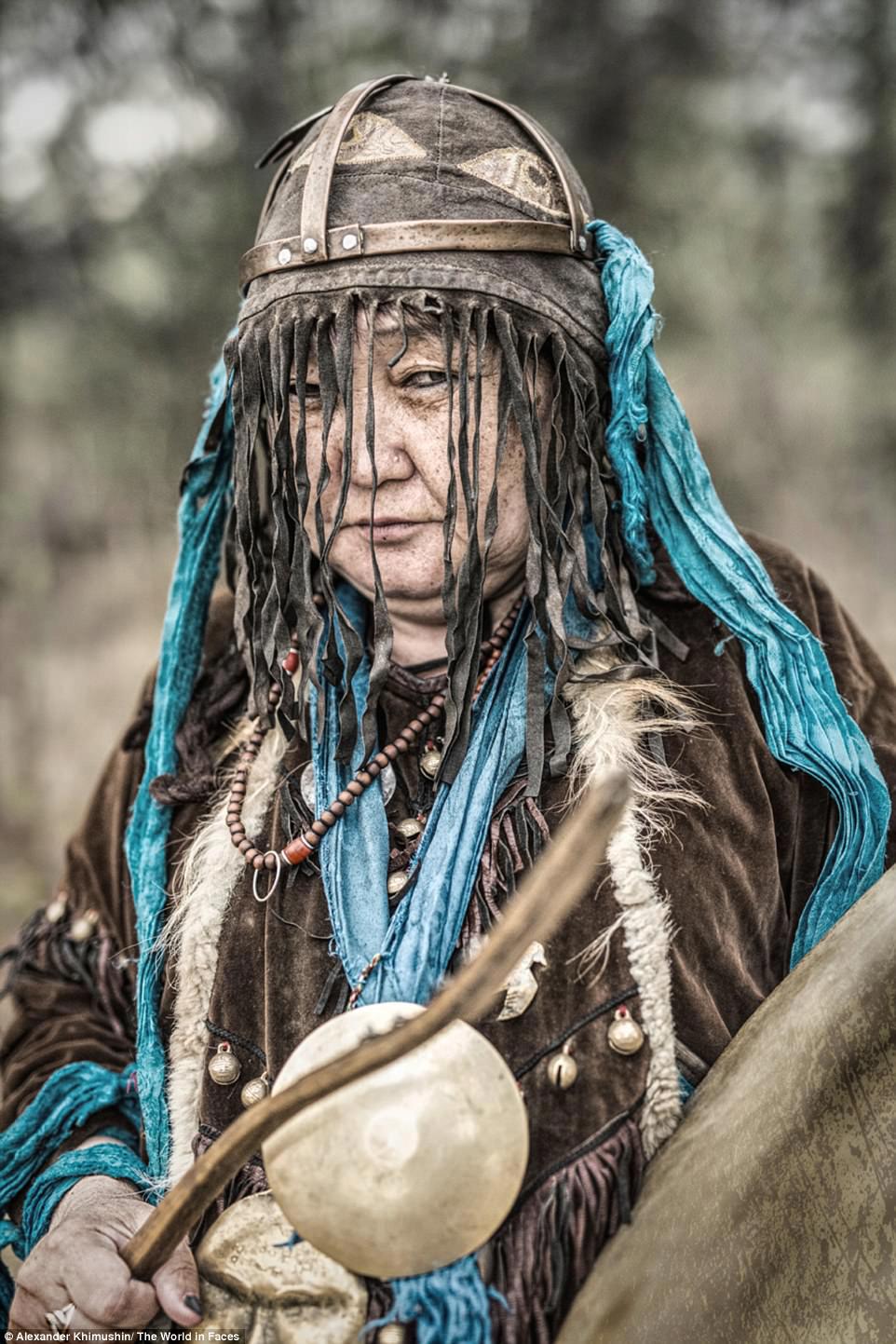
Buryats share many customs with their Mongolian cousins, including nomadic herding and erecting huts for shelter. Today, most Buryats live in and around Ulan Ude, the republic’s capital. However, many live more traditionally in the countryside. Their language is called Buryat.
D) Turkic group
Turkic peoples are any of various peoples whose members speak languages belonging to the Turkic subfamily of the Altaic family of languages. They are historically and linguistically connected with the Tujue, the name the Chinese gave to the nomadic people who, in the 6th century CE, founded an empire stretching from what is now Mongolia and the northern frontier of China to the Black Sea.
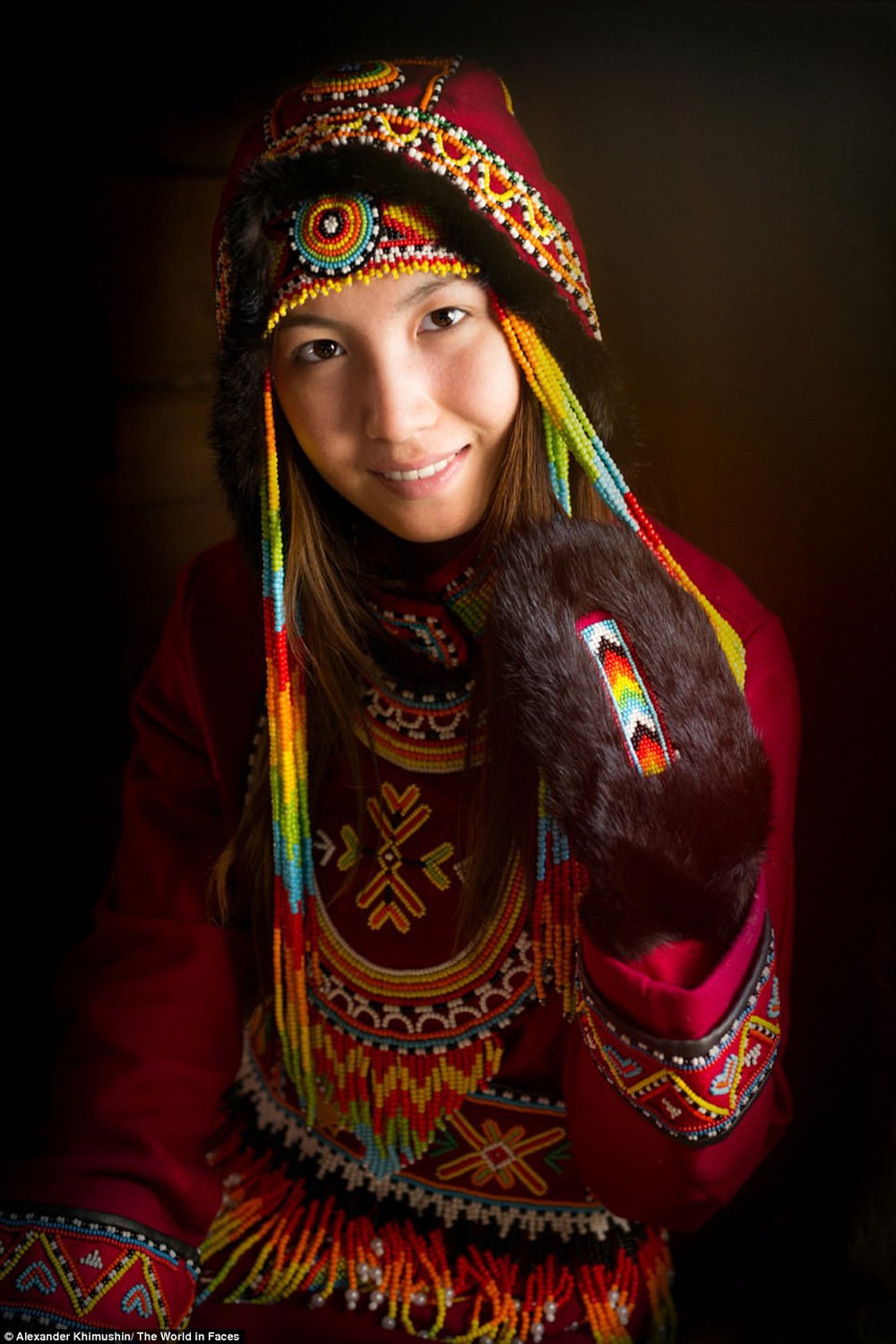
Some exceptions, notably in the European part of Turkey and the Volga region, are the Turkic peoples living in Asia. Their most crucial cultural link, aside from history and language, is with Islam, for, except for the Sakha (Yakut) of eastern Siberia and the Chuvash of the Volga region of Russia, the vast majority of Turkic peoples are Muslim.
In addition to those groups already mentioned, contemporary peoples who are classified as Turkic include the Altai, Azerbaijanis, Balkar, Bashkir, Dolgan, Karachay, Karakalpaks, Kazakhs, Khakass, Kipchak, Kumyk, Kyrgyz, Nogay, Shor, Tatars, Tofalar, Turkmen, Turks, Tyvans (Tuvans), Uighurs, and Uzbeks.
E) Tungusic group
Tungusic peoples are the peoples who speak Tungusic languages. They inhabit Eastern Siberia and are recognized as distinct from Mongols and Turkic peoples. During the 17th century, the Tsardom of Russia was expanding east across Siberia and into Tungusic-speaking lands, ending with the 1689 Treaty of Nerchinsk.
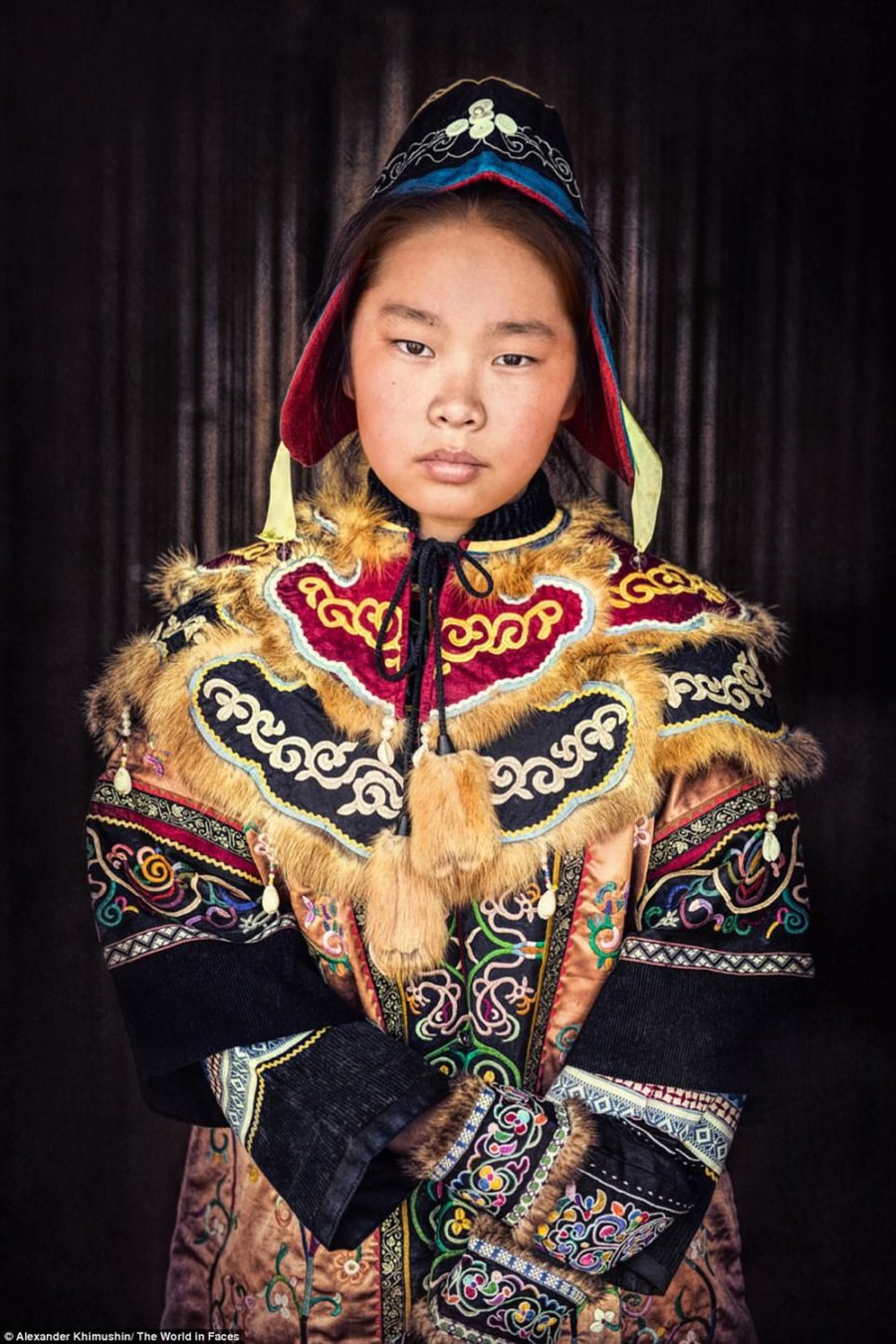
The first published description of a Tungusic people to reach beyond Russia into the rest of Europe was by the Dutch traveler Isaac Massa in 1612, who passed along information from Russian reports after his stay in Moscow.
The Evenks live in the Evenk Autonomous Okrug of Russia. The Udege, Ulchs, Evens, and Nanai (also known as Hezhen) are also indigenous peoples of Siberia and are known to share a genetic affinity with Indigenous Peoples of the Americas.
F) Paleosiberian group
Four small language families and isolates, not known to have any linguistic relationship to each other, compose the Paleo-Siberian languages:
- The Chukotko-Kamchatkan family, sometimes known as Luoravetlan, includes Chukchi and its close relatives, Koryak, Alutor and Kerek. Itelmen, also known as Kamchadal, is also distantly related. Chukchi, Koryak and Alutor are spoken in easternmost Siberia by communities numbering in the dozens (Alutor) to thousands (Chukchi). Kerek is now extinct, and Itelmen is now spoken by fewer than 10 people, mostly elderly, on the west coast of the Kamchatka Peninsula.
- Yukaghir is spoken in two mutually unintelligible varieties in the lower Kolyma and Indigirka valleys. Other languages, including Chuvantsy, spoken further inland and further east, are now extinct. Yukaghir is held by some to be related to the Uralic languages.
- Ket is the last survivor of a small language family on the middle Yenisei and its tributaries. It has recently been claimed to be related to the Na-Dene languages of North America, though this hypothesis has met with mixed reviews among historical linguists. In the past, attempts have been made to relate it to Sino-Tibetan, North Caucasian, and Burushaski.
- Nivkh is spoken in the lower Amur basin and on the northern half of Sakhalin island. It has a recent modern literature and the Nivkhs have experienced a turbulent history in the last century.
Languages of the Siberian people
Classifying the diverse population by language, it includes speakers of the following language families (number of speakers reflect the 2002 Russian census):
- Permic (about 1 million speakers)
- Samoyedic (some 70,000 speakers)
- Ugric (some 15,000 speakers)
- Yukaghir (nearly extinct)
- Yakuts (456,288 speakers)
- Dolgans (population: 7,261; speakers: 4,865)
- Tuvans (population: 243,442; speakers: 242,754)
- Tofa (population: 837; speakers: 378)
- Khakas (population: 75,622; speakers: 52,217)
- Shors (population: 13,975; speakers: 6,210)
- Siberian Tatars (populations: 6,779)
- Chulyms (population: 656; speakers: 270)
- Altay (some 70,000 speakers)
- Mongolic (some 400,000 speakers)
- Tungusic (some 80,000 speakers)
- Ket (population: 1600; some 210 speakers)
- Chukotko-Kamchatkan (some 25,000 speakers)
- Nivkh (some 200 speakers)
- Eskimo–Aleut (some 2,000 speakers)
Simplified, the indigenous peoples of Siberia listed above can be put into four groups:
- Uralic
- Altaic
- Yeniseian branch of the Dené–Yeniseian languages
- Paleosiberian (“other”)
Altaic has not been proven to be a language family, a phylogenetic unit. It may be a Sprachbund. Paleosiberian is simply a geographic term of convenience. Here, these two terms are listed just to serve as portal-like starting points – without suggesting genetic considerations.
